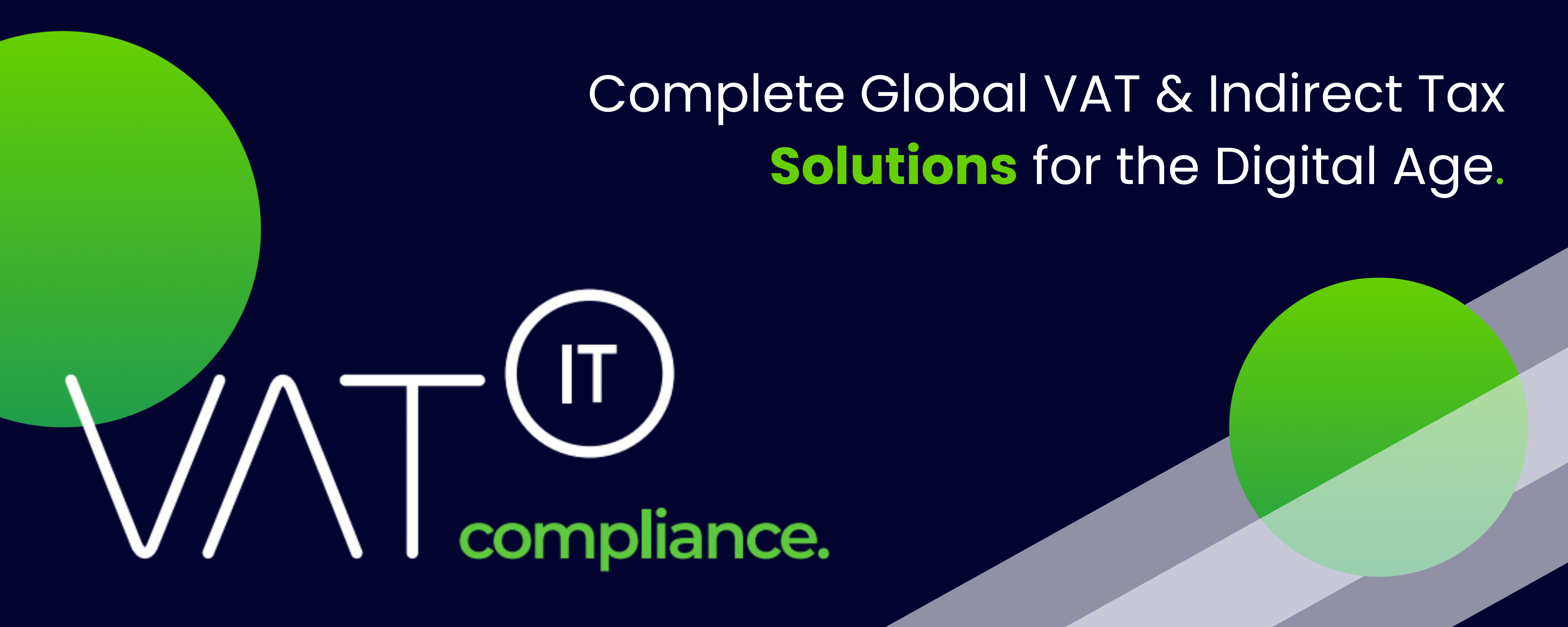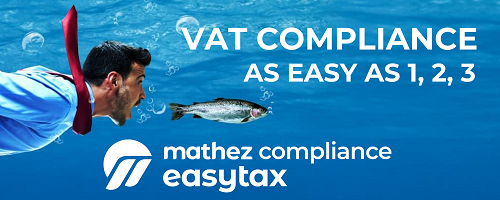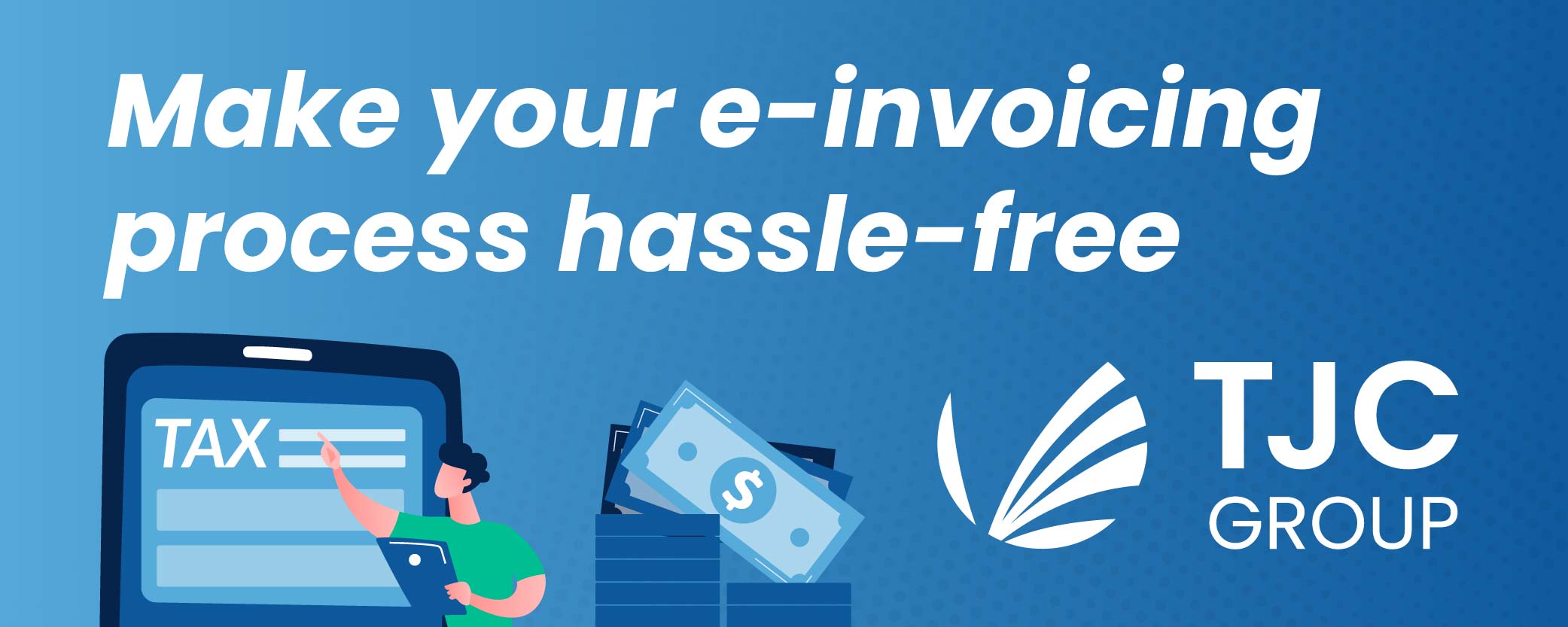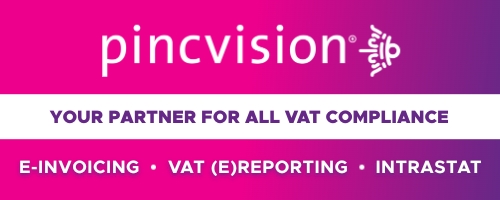- The UAE government is implementing E-invoicing for all B2B and B2G transactions.
- E-invoices are generated in a specific format and linked to a central database.
- Accredited Service Providers facilitate the exchange of invoices between suppliers and buyers.
- E-invoicing aims to digitize invoicing systems and enable real-time tax reporting to the FTA.
- E-invoicing is expected to reduce invoice processing costs by 66%.
- The automated system reduces errors and speeds up invoice delivery, leading to faster payments and improved cash flow.
- E-invoicing facilitates data analysis for business improvement.
- It encourages small businesses to adopt digitization and access technology at affordable prices.
- E-invoicing simplifies compliance by enabling near real-time data submission.
- The new process minimizes VAT leakages, which are crucial for government revenue and infrastructure development.
- Federal Decree-Law No. 16/2024 amended Federal Decree-Law No. 8/2017 to accommodate E-invoicing.
- The amendment redefined tax invoice, tax credit note, and non-resident, and introduced new terms like E-Invoicing System, Electronic Invoice, and Electronic Tax Credit Note.
- A new condition for input VAT recovery requires retaining tax invoices in accordance with the e-invoicing system.
- Articles 65 and 70 mandate the issuance of electronic tax invoices or electronic tax credit notes for businesses subject to the e-invoicing system.
- The UAE has adopted a decentralized 5-corner E-invoicing model called DCTCE, which utilizes the Peppol AS4 protocol.
Source: jdsupra.com
Note that this post was (partially) written with the help of AI. It is always useful to review the original source material, and where needed to obtain (local) advice from a specialist.















